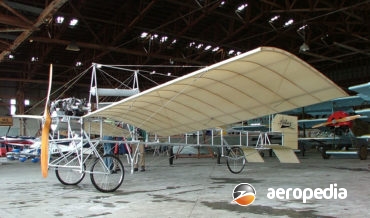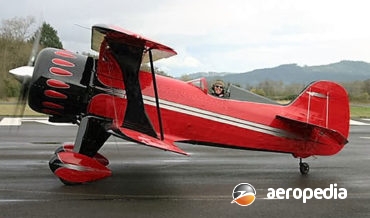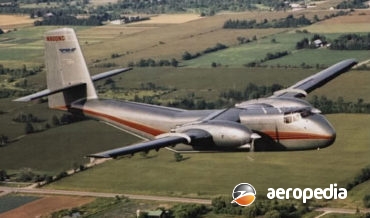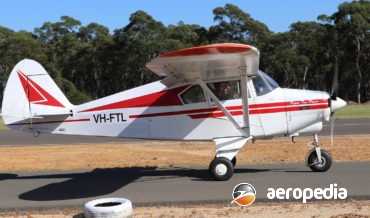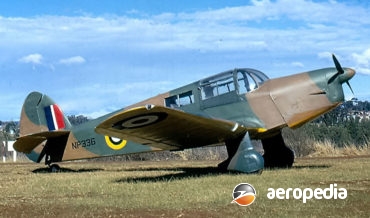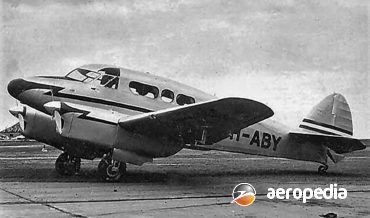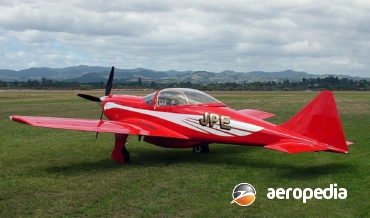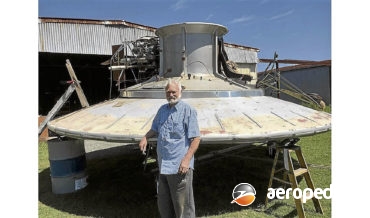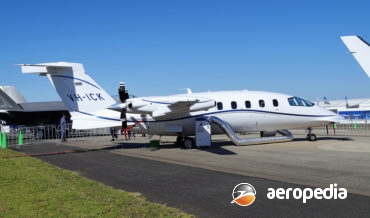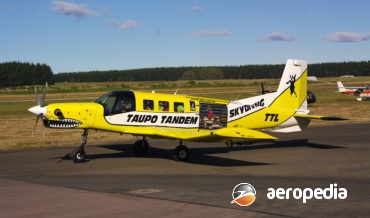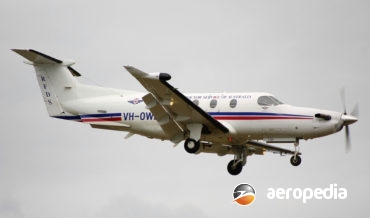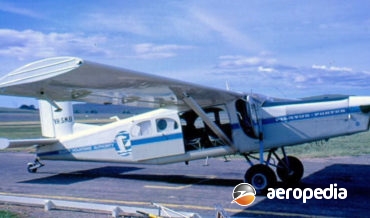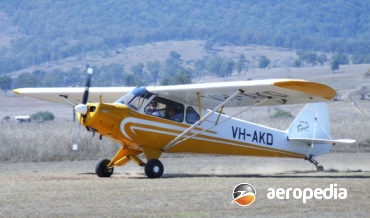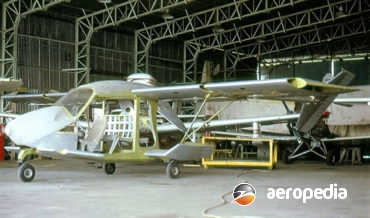All Contents
Contents
Herbert John Pither [1871 to 1934] was born in Reigate, Surrey, in the United Kingdom and was the second eldest of 12 children of John and Lydia Pither, who emigrated to Canterbury on the south island of New Zealand on board the vessel Crusader in 1875
David C. Eyre
- May 8, 2019
The PL-9 was designed by Ladislao Pazmany and is one of a number of designs produced by him over the years to meet the requirements of the light sport aircraft market.
David C. Eyre
- May 8, 2019
For many years Curtis Pitts has designed high-performance aerobatic monoplanes, his first being built in 1941 and was known as the Pitts Special, being fitted with a 34-kw (45-hp) engine. Development was interrupted by World War II but thereafter his second design was built and had a 63-kw (85-hp) engine
David C. Eyre
- May 8, 2019
Under a supplemental type certificate, Pen Turbo Aviation of Cape May Airport, New Jersey early in the 21st century undertook a re-engineering of the DHC-4A Caribou as a result of market demand for a turbine-powered variant of the Caribou.
David C. Eyre
- May 8, 2019
The Piper PA-22 Tri-Pacer appeared on the market in 1951.
David C. Eyre
- May 8, 2019
The Percival Proctor I was basically a Vega Gull altered to meet a specification by the British Air Ministry for a communications aircraft suitable to meet the requirements of the Royal Air Force, this being achieved by the reduction of seating capacity from four to three, and redesigning the cabin
David C. Eyre
- May 8, 2019
Designed as a single-engine, high-performance executive aircraft, the Comanche was developed and sold in large numbers throughout the world and, when production concluded in the 1980s when floods destroyed the production line at Lock Haven, some 4,856 examples had been completed, comprising 1,143 Model 180, 2,537 Model 250, 1,028 Model
David C. Eyre
- May 8, 2019
The Percival Q.6 was designed by Edgar Percival in about 1937 as a twin-engine monoplane with accommodation for four passengers in executive comfort and a crew of two powered by two Gipsy Six engines.
David C. Eyre
- May 8, 2019
Following on from the PA-24 Comanche series, the Cherokee, like the Cessna 150, 172 and 182 series was designed to meet the requirements of training organisations and private owners for a cheap, economical and practical aircraft for private use.
David C. Eyre
- May 8, 2019
The GP-4 is a two-seat light amateur built aircraft obtained in plans and kit form and built by the amateur builder.
David C. Eyre
- May 8, 2019
In 1972 Piper added the PA-31-350 Navajo Chieftain to its range. The overall length had been increased by 0.61-m (2-ft), thus allowing for a 20-percent increase in overall cabin volume to provide accommodation for up to nine passengers plus the pilot in a commuter/charter aircraft role.
David C. Eyre
- May 8, 2019
Mr Duan Phillips, a retired aeronautical engineer, who previously designed the Phillips Phillicopter helicopter, has designed what has been described as a flying saucer, mis-identified as a home-built hovercraft, but which is described by the designer as a lift actuator disc.
David C. Eyre
- May 8, 2019
The Avanti is of unusual design and is a mid-wing, three flying-surface aircraft designed to provide minimal drag and fuel consumption at the speed of a jet aircraft, keeping the main spar and engines behind the cabin to reduce noise and with a roomy cabin with good internal space and
David C. Eyre
- May 8, 2019
The PAC 750XL was designed and produced by Pacific Aerospace Corp at Hamilton, New Zealand, the company having since 1966 produced over 600 aircraft. The 750XL was designed to meet the utility market where the parachuting industry, and other operators, would benefit from the aircrafts performance and low operating costs
David C. Eyre
- May 8, 2019
The Sky Scout was designed by Bernard Pietenpol in the 1920s and was intended for home construction by the amateur builder using readily available materials, ie wood and fabric, and using a 15-kw (20-hp) Ford Model T or 30-kw (40-hp) Model A engine as a power plant
David C. Eyre
- May 8, 2019
The TWA-3 was designed and built for submission to the Australian Government to meet a requirement of the RAAF for a training aircraft to meet the Australian commitment for pilots at the beginning of World War II.
David C. Eyre
- May 8, 2019
In 1989 the Swiss Pilatus concern announced it was developing a pressurised fast utility transport powered by a single Pratt & Whitney Canada PT-6A turboprop as a competitor for the Cessna 208 Caravan I, and the Beech King Air 200.
David C. Eyre
- May 8, 2019
The Jeanie Teenie was designed by Calvin Parker of Coolidge, Arizona and was his first design and was known as the JT-1 and was first shown to the public in 1967, its initial development taking place in Alabama.
David C. Eyre
- May 8, 2019
Designed by the Pilatus Aircraft Works Ltd of Stans, Switzerland, the Turbo Porter was the culmination of a series of aircraft developed for utility use.
David C. Eyre
- May 8, 2019
The Bush Boar STOL 19-8472 was a one-off two-seat light sport aircraft designed and built by Robert Pavan. It commenced life as a Calair CA-21 Skyfox and was registered 55-0608 on 5 November 1990.
David C. Eyre
- May 8, 2019
The first Cub was the E-2, designed by the brothers C G and Gordon Taylor, and it was powered by the Brownbach Kitten engine, eventually replaced by the Continental Motors A-40 of 28-kw (37-hp).
David C. Eyre
- May 8, 2019
The PL-4A was designed by Ladislao Pazmany as an easy-to-build, low-cost, aircraft for amateur builders, and the prototype was flown for the first time on 12 July 1972.
David C. Eyre
- May 8, 2019
The PA-16 was a development of the PA-15 Vagabond, being a stretched and refined variant to seat four, having an extra fuel tank, and other refinements. Production only proceeded for one year and some 736 were completed.
David C. Eyre
- May 8, 2019
The Airjeep (in some references referred to as the Air Sedan and PL-13) was designed by well known Australian aircraft designer, Luigi Pellarini, designer of the Fawcett 120, Transavia PL-12, Victa R-2, Kingsford Smith PL-7 Tanker and a number of other projects, including what was to be the PL-9, a
David C. Eyre
- May 8, 2019
Recent Comments
Archives
Categories
- No categories
Categories
- No categories
Latest Posts
Newsletter

